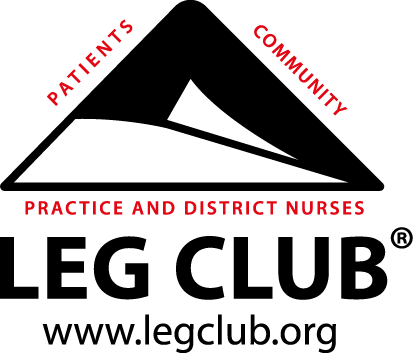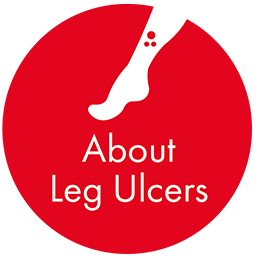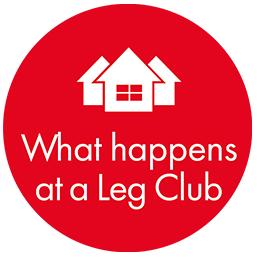A leg ulcer is simply a break in the skin to the leg, below the knee and above the ankle. We call it a leg ulcer when that cut, or wound does not start to heal within 2 weeks of it occurring.
So how does a break to the skin happen? It can be a knock to the leg getting in the car, on the supermarket trolley, a scratch gardening, or an insect bite. The cause can vary but they can all result in leg ulceration.
We have a network of systems inside our bodies made up of veins, arteries and lymphatics which is like a road map of motorways, A and B roads all interconnecting.
The blood is pumped through our heart and along the arterial network feeding our organs and skin with a good supply full of oxygen from our lungs and nutrients from our diet. This is important to keep our skin healthy and in healing and cuts, grazes and wounds that may occur.
The blood then must travel back to the lungs and heart to start its cycle again; it does this via the network of veins. We have large veins, small superficial veins and connectors linking both together, their role is to push the blood back up the body from the toes, through the legs. Inside the veins there are valves which are like gates on a lock which open and close to let the flow of blood through.
So why do wounds sometimes get worse on the leg and not heal?
When we move our feet and legs in standing, walking, dancing, exercise it activates a pump in our feet and calves. This pump squeezes the veins to push the blood back up the body. The valve gates open and then quickly close to stop the blood dropping back down again. But the valves can become damaged and not close properly which allows some blood to drop back down, the old blood is not as nutritious so can delay a wound healing.
The smaller veins can become overloaded and bulge or break, we see this in varicose veins or around the ankle in spidery ones. The blood can also seep into the skin, and it discolours it, brown, red, purple which is known as Hemosiderin staining. These can be signs that you have Venous disease even without a wound, using compression hosiery can prevent further issues so speak to your health care professional about this.
Also, the lymphatic system can become overloaded too and causes swelling to feet, ankles, and legs. The legs may feel heavy, tight, achy and if knocked leak fluid, this is known as Oedema.









